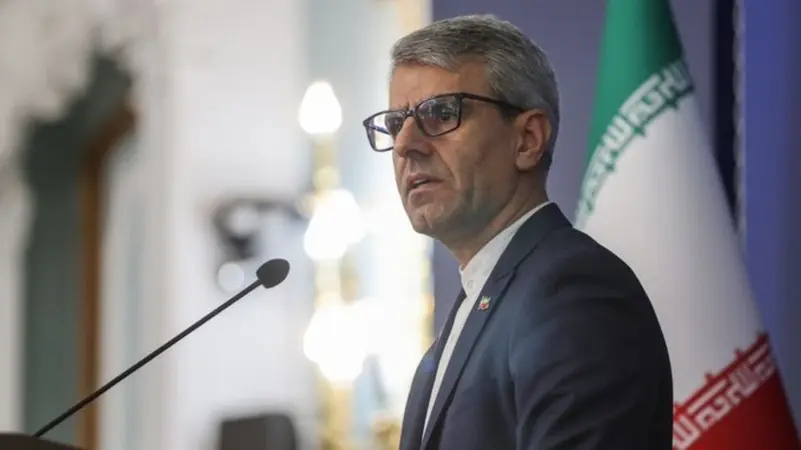The Snapback mechanism is a legal trigger embedded in the 2015 Joint Comprehensive Plan of Action (JCPOA), commonly known as the Iran Nuclear Deal.
It allows member states to reinstate international sanctions on Iran if it’s found in significant violation of its nuclear commitments.
Snapback Mechanism is grounded in UN Security Council Resolution 2231, which remains in effect until October 18, 2025.
Any JCPOA signatory can initiate the process by lodging a complaint with the Security Council.
If a resolution confirming the lifting of sanctions isn’t passed within 30 days, sanctions are automatically reimposed—even if vetoed.
Read also: Assassination of the Iranian President – Shocking Details
Why Are EU Countries Threatening to Use Snapback Mechanism Now?
German Chancellor Friedrich Merz, along with two unnamed European partners, announced plans to activate the Snapback mechanism by formally submitting a request to the UN Security Council on July 15.
This follows growing concerns about Iran’s uranium enrichment, lack of transparency, and disregard for international commitments.
European diplomats cite Iran’s deviation from key obligations under the JCPOA, accusing Tehran of diminishing oversight and pushing its nuclear program beyond agreed limits.
The proposed Snapback move is viewed as a last-ditch effort to restore pressure and accountability before the mechanism’s expiration.
Iran’s Response
Iran’s Foreign Ministry spokesperson, Esmaeil Baghaei, condemned the EU’s announcement, calling it a “political escalation” with no legal foundation.
He argued that Snapback is no longer valid due to the U.S. unilateral withdrawal from the JCPOA in 2018 and the EU’s failure to meet their own obligations.
Baghaei asserted:
“Iran still considers itself a party to the nuclear deal… Our reduced commitments are a direct response to repeated violations by other signatories.”
He further accused Germany of violating the Non-Proliferation Treaty (NPT) and claimed the IAEA treats Iran with double standards, undermining mutual trust. While reaffirming Iran’s support for diplomacy,
Baghaei stressed that any activation of Snapback would meet a proportionate response from Tehran.
Countdown to October: What’s at Stake?
With the October 18 deadline fast approaching, activating Snapback now could lead to a rapid diplomatic breakdown, increased tensions in the Middle East, and a return to full-scale international sanctions on Iran.
Key Risks Include:
- Breakdown of remaining JCPOA negotiations
- Escalation in regional instability
- Economic fallout and further isolation of Iran
- Strained EU-Iran relations and loss of diplomatic credibility


